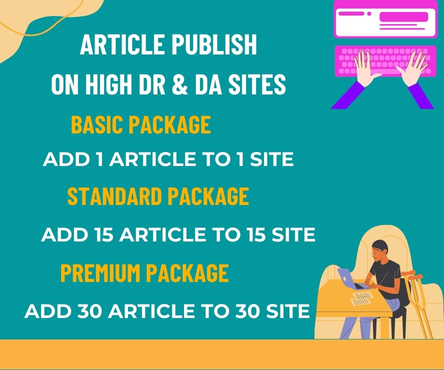In an era where financial transactions are increasingly digital, the threat of fraud looms larger than ever. Falling victim to fraudulent activities can be a distressing experience, leaving individuals and businesses grappling with financial loss and emotional turmoil. However, recovery from such incidents is not only possible but also a crucial step toward regaining financial stability and empowerment.
The Immediate Aftermath: Assessing the Damage
The moment you discover you’ve been defrauded, it’s essential to act swiftly. The first step involves assessing the extent of the damage. This includes identifying all affected accounts, transactions, and financial instruments. A thorough assessment will help you understand the scope of the fraud and the necessary actions to mitigate further losses.
Securing Your Finances: Immediate Action
Once you’ve assessed the damage, take immediate action to secure your finances. This may involve:
- Freezing accounts: Temporarily freeze all compromised accounts to prevent further unauthorized transactions.
- Changing passwords: Update passwords for all financial accounts, using strong, unique combinations.
- Notifying institutions: Inform your banks, credit card companies, and other relevant institutions about the fraud.
- Monitoring credit reports: Keep a close eye on your credit reports to detect any suspicious activity.
Reporting the Incident: Seeking Help
Reporting the incident is a critical step in the recovery process. File complaints with:
- Local authorities: Report the fraud to your local police department or law enforcement agency.
- Federal agencies: If applicable, report to federal agencies such as the Federal Trade Commission (FTC) or the Internet Crime Complaint Center (IC3).
- Financial institutions: Notify your financial institutions’ fraud departments.
Rebuilding and Recovery: A Long-Term Process
Recovery from fraud is a long-term process that requires patience, persistence, and vigilance. To rebuild and recover, focus on:
- Financial planning: Re-evaluate your financial plans, budgets, and investments.
- Credit rebuilding: Work on rebuilding your credit score by making timely payments and maintaining low credit utilization.
- Education and awareness: Stay informed about common fraud schemes and best practices for financial security.
Empowerment Through Education: A Key to Prevention
One of the most effective ways to recover from fraud is to educate yourself on how to prevent it from happening again. Stay up-to-date on:
- Fraud trends: Familiarize yourself with the latest fraud schemes and tactics.
- Security measures: Implement robust security measures, such as two-factor authentication and antivirus software.
- Financial literacy: Enhance your financial literacy by learning about personal finance, investing, and money management.
Conclusion
Recovering from fraud requires a multifaceted approach that involves immediate action, reporting incidents, rebuilding, and education. By taking these steps, individuals and businesses can regain control of their finances, prevent future incidents, and empower themselves with the knowledge and skills necessary to navigate the complex financial landscape. Remember, recovery from fraud is not just about bouncing back; it’s about emerging stronger, wiser, and more resilient than before.
In the end, the journey toward financial empowerment is ongoing. By staying informed, vigilant, and proactive, you can protect your financial well-being and achieve long-term stability and success. Recovering from Fraud: A Crucial Step Toward Financial Empowerment is not just a process; it’s a mindset shift toward a more secure and prosperous financial future.

